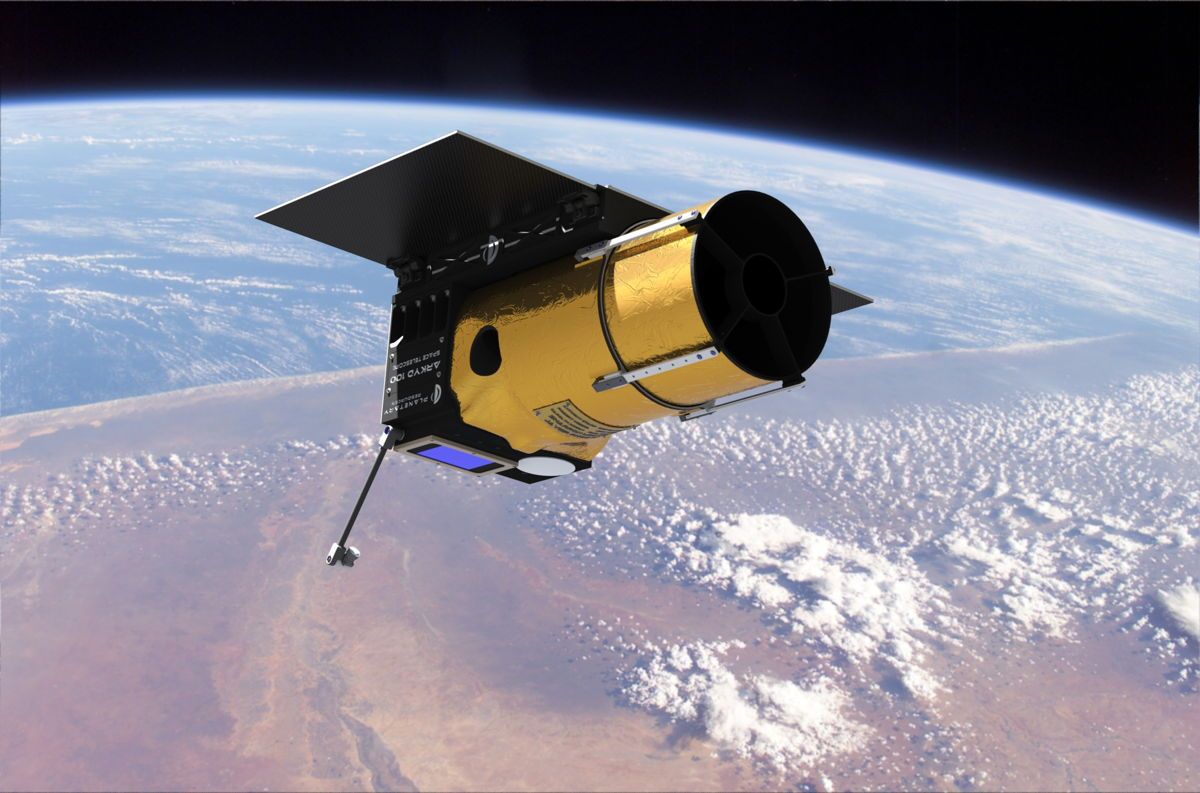Asteroid Miners to Use 3D Printing for Space Telescopes

3D printing could help the asteroid-mining industry get off the ground.
Billionaire-backed asteroid-mining company Planetary Resources is teaming up with 3D Systems, whose 3D printing technology will help craft components for the Arkyd line of prospecting spacecraft, officials announced Wednesday (June 26).
The collaboration should help Planetary Resources build certain parts of its Arkyd 100, 200 and 300 probes more cheaply and efficiently, officials said. [Planetary Resources' Asteroid Mining Plan (Photos)]
"We are excited to work very closely with Planetary Resources’ engineering team to use advanced 3D printing and manufacturing technologies to increase functionality while decreasing the cost of their Arkyd spacecraft," 3D Systems CEO Avi Reichental said in a statement.
"In success, we will create the smartphone of spacecraft and transform what has been an old-style, labor-intensive process into something very scalable and affordable that will democratize access to space, the data collected from space and off-Earth resources for scientists and the public," Reichental added.
Planetary Resources co-founder Peter Diamandis said that the use of 3D printing in the production of the Arkyd spacecraft series could help the company achieve its lofty goals.
"We are absolutely thrilled to partner with 3D Systems, the world’s pioneer and leader in 3D printing and advanced manufacturing, as we pursue our vision to expand the resource base beyond Earth," Diamandis said in a statement. "3D Systems has a long history of inventing, advancing and democratizing manufacturing – and our vision of mass producing the Arkyd 100, 200 and 300 line will greatly benefit from their thinking and technology."
Sign up for the Live Science daily newsletter now
Get the world’s most fascinating discoveries delivered straight to your inbox.
Planetary Resources officials hope to launch a series of robotic spacecraft into Earth orbit and, eventually, to near-Earth asteroids in order to mine them for resources such as precious metals and water.
The company, which counts Google execs Larry Page and Eric Schmidt among its investors, hopes its efforts help open up the solar system to further human exploration.
The Arkyd 200 and 300 spacecraft will be able to both search for asteroids and fly toward promising targets for closer inspections. Once an asteroid is spotted, Planetary Resources plans to send a group of about five Arkyds out to the space rock, Diamandis said during a recent Google+ Hangout.
The Arkyd 100, on the other hand, will scout for space rocks from Earth orbit.
The first Arkyd 100 is expected to launch in 2015. Planetary Resources has pledged to make one of these satellites the first publicly accessible space telescope ever sent into orbit. The telescope will search for asteroids and take "space-selfies" crafted from user-submitted photos.
Nearly 15,000 people have contributed more than $1.2 million to help build Planetary Resources' Arkyd 100 through the crowdfunding website Kickstarter.
Planetary Resources' Arkyd 100 Kickstarter campaign ends on June 30 at 10 p.m. EDT (0200 July 1 GMT).
This story was provided by SPACE.com, a sister site to LiveScience. Follow Miriam Kramer on Twitter and Google+. Follow us on Twitter, Facebook and Google+. Original article on SPACE.com.














